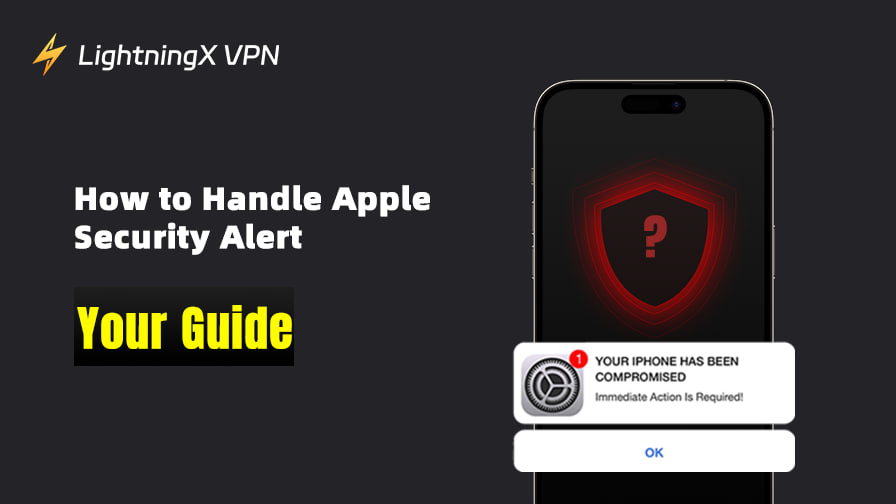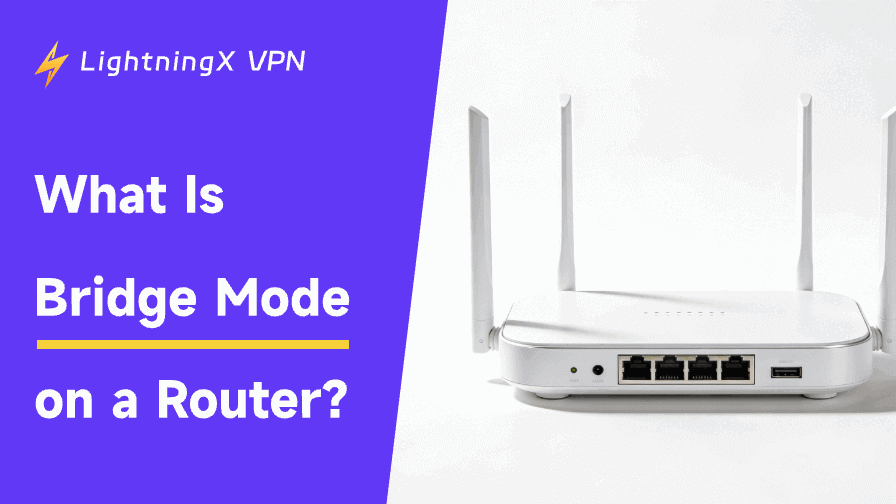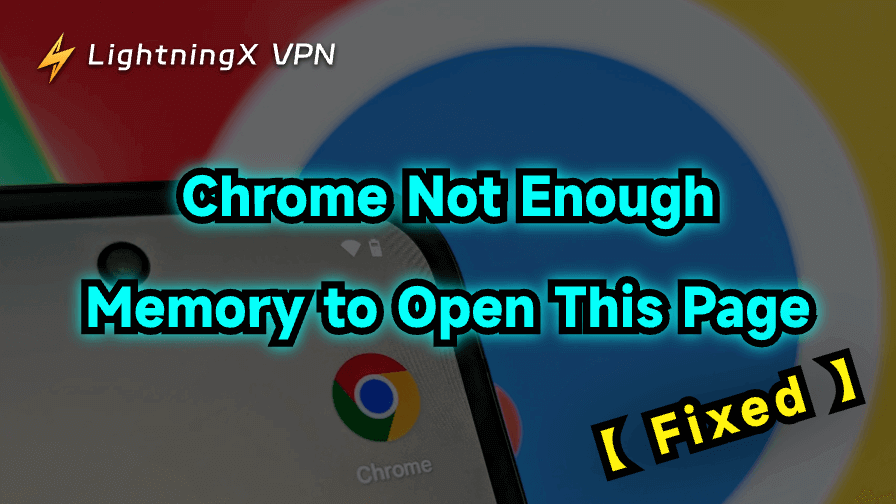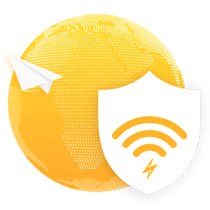As an Apple user, you rely on your iPhone, iPad, or Mac for everything from capturing precious memories to managing work and finances. But what happens when a pop-up or email warns you about an Apple security alert? Is it legitimate, or something to worry about?
This kind of alert is Apple’s way of keeping your devices and data safe. In this guide, we’ll walk you through what it is, its history, why it matters to you, and how to respond effectively.
What Is Apple Security Alert?
An Apple security alert is an official notification from Apple, such as the Apple threat notifications, designed to protect your devices and data from potential threats. These alerts inform you about issues like software vulnerabilities, unauthorized Apple ID logins, or suspicious app behavior.
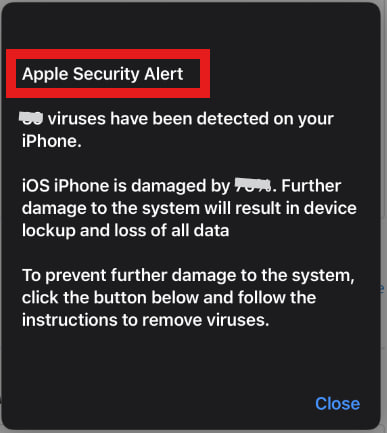
Apple uses these alerts to communicate directly with users, ensuring you can act quickly to secure your iPhone, iPad, Mac, or other devices. Unlike promotional messages, Apple security alerts focus on critical actions like updating software or verifying account activity.
However, scammers may try to mimic these alerts, so it’s essential to verify their source (more on this later).
Tip:
To enhance your iPhone security and protect against fake alerts, you can consider using LightningX VPN. This powerful VPN service encrypts your internet connection, shielding your data from hackers and preventing malicious websites from triggering phishing alerts.
Additionally, LightningX VPN helps you unlock global resources like TikTok, YouTube, Netflix, ChatGPT, Disney+, etc.
It now offers a free trial and a 30-day money-back guarantee. Download LightningX VPN today from the button below/App Store/Google Play Store and take control of your online privacy!
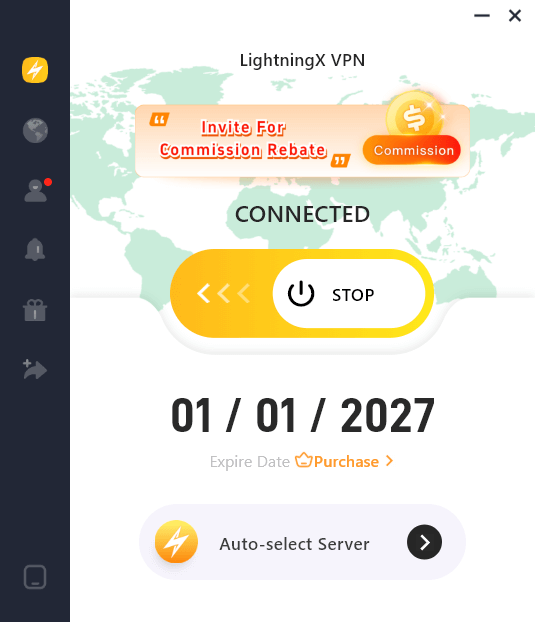
How to Identify and Respond to the Apple Security Alert?
Faced with such alerts, we need to stay vigilant and ensure our devices remain a safe space for work, play, and everything in between.
To Identify Legitimate Alerts
The first step is to recognize the correct warning notification. Genuine alerts come from trusted sources, such as:
- Push notifications in Settings or the App Store.
- Emails from no-reply@apple.com or other official Apple domains, such as “threat-notifications@apple.com.”
- Prompts on apple.com or within Apple apps.

These alerts use clear, professional language and never ask for sensitive information like passwords or payment details. Be cautious of alerts from unfamiliar and uncertain email domains or those with urgent, threatening language like “Your account will be locked!”
Note: If you’re unsure, don’t click links and then verify the alert directly in Settings or on apple.com and Apple Support Community.
Related: Is This Link Safe? 5 Ways to Check If a Link Is Safe or Not
Common Alert Types
Here are the most common Apple security alerts you might encounter:
- Software update alerts: Notify you of iOS, iPadOS, or macOS updates to fix security vulnerabilities (e.g., “Update to iOS 18.1.1 now”).
- Apple ID alerts: Warn about unrecognized logins or password changes (e.g., “A new device signed into your Apple ID”).
- App behavior warnings: Flag apps that may pose risks, urging you to remove or update them.
How to Respond to These Alerts
You may feel uneasy about these notifications at first sight of them. Let’s take a deep breath and calm down. Then, take the following actions step by step.
- For software updates: Go to Settings > General > Software Update and install the latest version. You can also enable automatic updates for convenience. (Related: How to Update iPhone? Complete Guide)
- For Apple ID alerts: Visit account.apple.com to verify logins, change your password, and enable 2FA if not already active.
- For app warnings: Only download apps from the App Store. If an app is flagged, remove it via Settings > General > iPhone Storage and update your device. Always act through official Apple channels to ensure safety. If an alert seems suspicious, verify it before proceeding.
Why Does Apple Security Alert Matter to You?
Your Apple device is a gateway to your personal and work life: photos, messages, banking apps, office files, and more. Apple’s security alert matters because it’s their way of protecting this digital hub from risks like hackers, malware, viruses, or data breaches.
If you just ignored or mishandled an alert, your device may be rendered vulnerable, and your sensitive information may be potentially exposed to cybercriminals. (Related guide: How to Prevent Cybercrime? The Secret Behind Cybercrime)
Why Should You Pay Attention to Such a Security Alert?
You shouldn’t underestimate such security alerts because they can help you a lot in these aspects:
- They address immediate threats, like software bugs that could allow unauthorized access to your device.
- Alerts about Apple ID activity help you spot unauthorized logins, protecting your iCloud data, payment methods, and more. What if you forget your Apple ID? You can find it on other devices. Check our guide: How to Find an Apple ID: A Step-by-Step Guide.
- These alerts are part of Apple’s proactive approach to security, ensuring you stay ahead of evolving risks.
Neglecting such an alert could compromise your privacy or device performance, possibly leaving your iPhone open to exploits or a hacker to access your account.
Protect Your Apple Devices: Practical Security Tips
To further thinking, staying safe goes beyond the above actions. We should take preventive measures in our daily lives. Here are some practical tips to keep your devices secure:
- Always keep software updated on your iOS, iPadOS, and macOS.
- Activate 2FA at account.apple.com to add an extra layer of security to your Apple ID.
- Create unique, complex passwords with Apple’s new built-in iPhone Passwords app or a password manager to protect your accounts.
- Back up iPhone data regularly. You can use iCloud or local backups (via Finder or iTunes) to safeguard your data against loss or breaches.
- Download apps safely and stick to the App Store to avoid malicious software.
Related: Fix “Can’t Download Apps on iPhone” – 10 Ways
A Brief History of Apple Security Alerts
Apple’s commitment to user security has evolved significantly, making Apple security alerts a cornerstone of its ecosystem.
- In the early 2000s, Mac OS users received manual update notifications through System Preferences to address software vulnerabilities (Apple security updates). These early alerts were basic, requiring users to check for updates themselves.
- The 2007 iPhone launch marked a turning point, introducing push notifications for iOS updates, which made alerts of Apple platform security more immediate and accessible.
- In the 2010s, Apple enhanced its security framework with two-factor authentication (2FA) for Apple accounts in 2013, adding alerts for unrecognized Apple ID logins. This allowed users to monitor and secure their accounts in real time.
- By the 2020s, Apple’s alerts became more sophisticated, tackling advanced threats like the 2024 Pegasus spyware, which prompted urgent iOS update notifications (As mentioned before). Features like iCloud end-to-end encryption further strengthened user protection.
Related: How to Fix “Syncing with iCloud Paused” Error? [9 Ways]
These milestones show how Apple security alerts have evolved to keep pace with modern threats, ensuring users stay informed and secure to the best.
Is an Apple Security Alert Scam Possible?
Yes, scammers can act like Apple officials to send fake Apple security alert text messages or emails to trick you into sharing personal information or clicking malicious links.
Fortunately, spotting the difference is simple. Just remember the legitimate alerts coming from official sources mentioned above. They’re professional and never ask for passwords or payment details. Fake alerts, however, may use odd email domains.
Bottom Line
This article mainly introduces what Apple security alerts are, how to spot them, and respond to them. Learn some practical security tips to protect your Apple devices.









